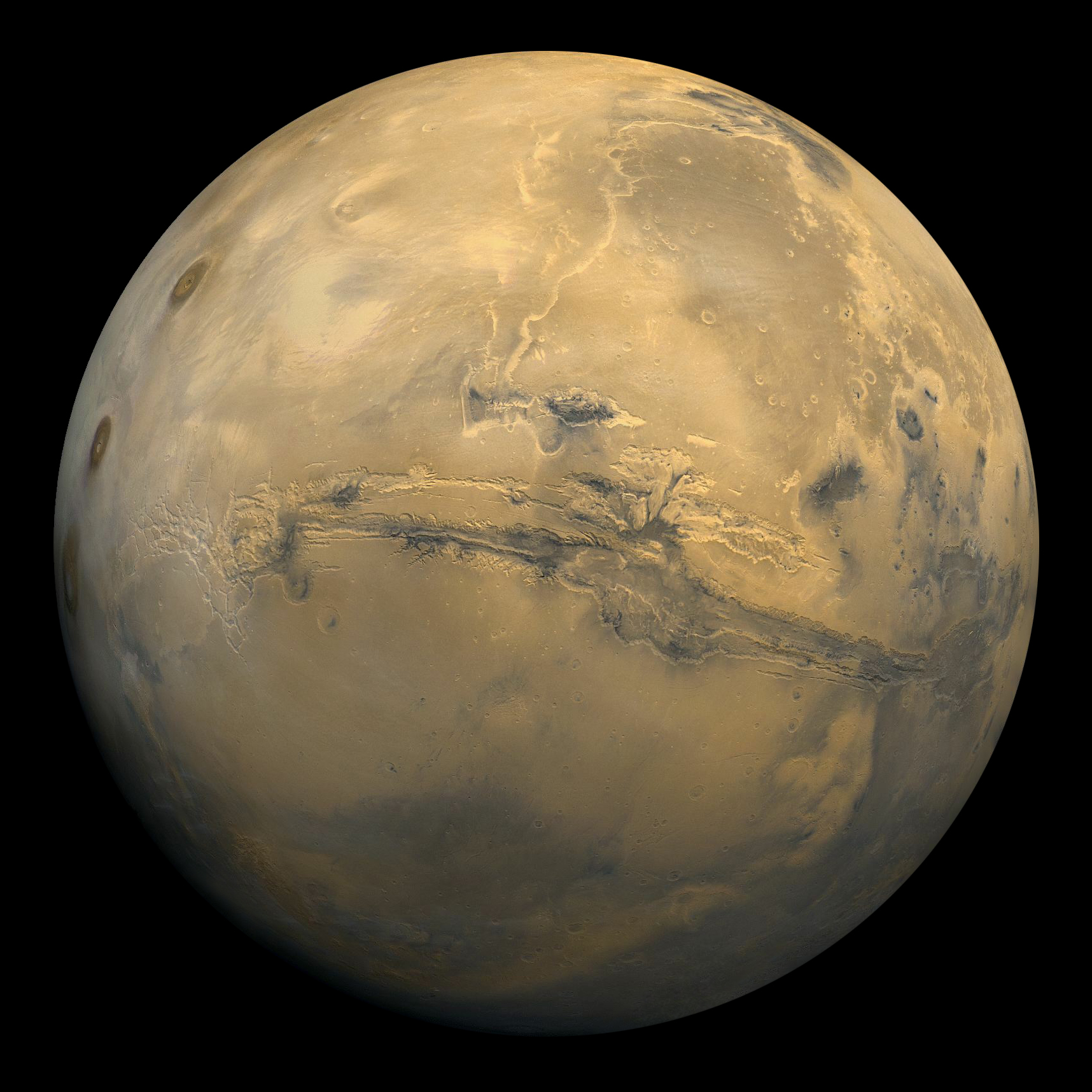 Mars! Isn’t it great? The planet I mean. I love space, and have been wanting to explore painting some of the planets and heavenly bodies. I thought I’d start with water colors, and work my way up to oil paints. Each medium gives me something different to explore, with oils being rich and deep while watercolors have a lightness that can work for things that you want to have a glowing feel to them. Plus I love how I can layer colors with watercolors. While Mars may not be right for watercolors, I wanted to do Mars first. Partly because Opportunity is almost done with her marathon and finding awesome data for us, and partly because it’s one of my favorite planets. Of course choosing a favorite planet is like choosing a favorite child, it’s not really something I can do.
Mars! Isn’t it great? The planet I mean. I love space, and have been wanting to explore painting some of the planets and heavenly bodies. I thought I’d start with water colors, and work my way up to oil paints. Each medium gives me something different to explore, with oils being rich and deep while watercolors have a lightness that can work for things that you want to have a glowing feel to them. Plus I love how I can layer colors with watercolors. While Mars may not be right for watercolors, I wanted to do Mars first. Partly because Opportunity is almost done with her marathon and finding awesome data for us, and partly because it’s one of my favorite planets. Of course choosing a favorite planet is like choosing a favorite child, it’s not really something I can do.
Yes, I am a mega nerd when it comes to space. I love it. I have loved space since I was a kid. I remember watching Space Camp, the movie, and thinking that would be awesome! Of course I never think about my fear of enclosed spaces, and space travel requires that.
Watercolors on paper. 3/10/2015 (Yes the date on the actual painting is slightly wrong, I looked at the date on my phone not realizing it passed midnight, as I count dates for projects is it’s still today if I haven’t gone to bed yet.)

